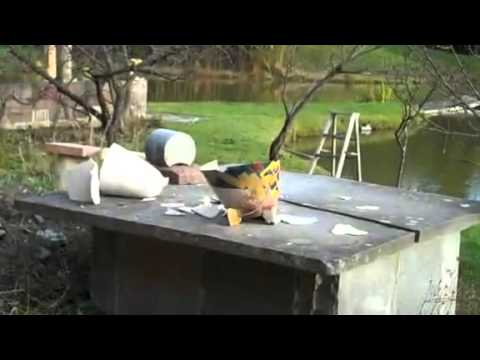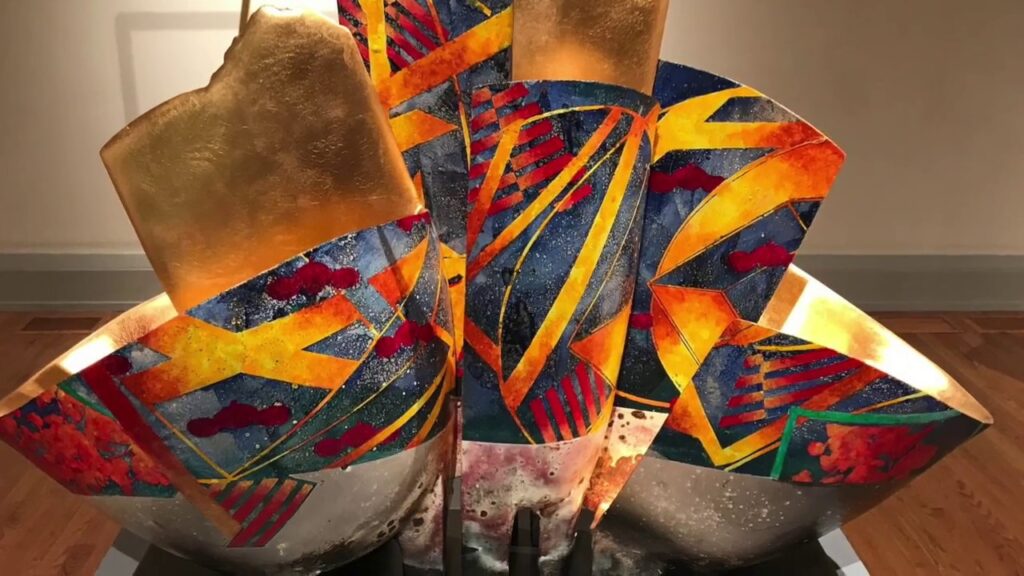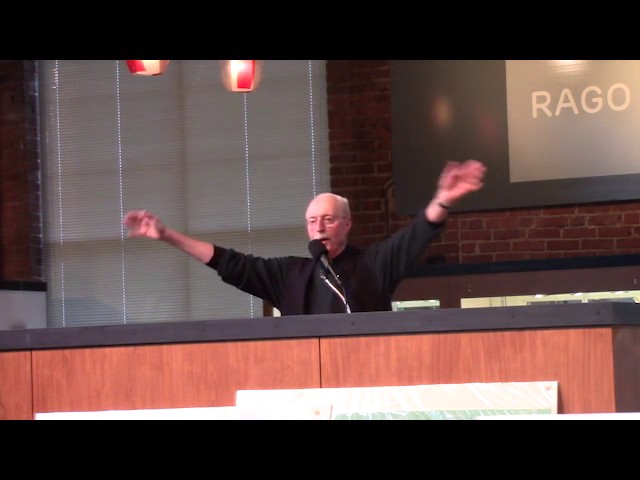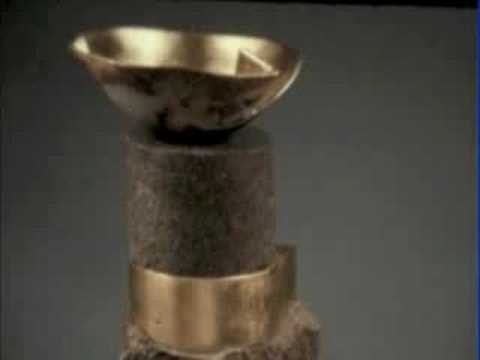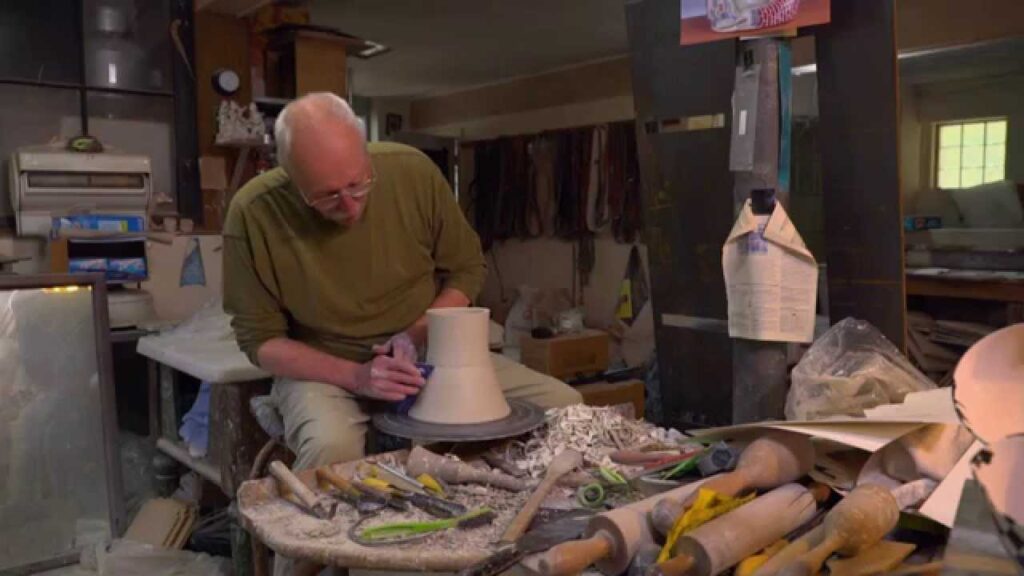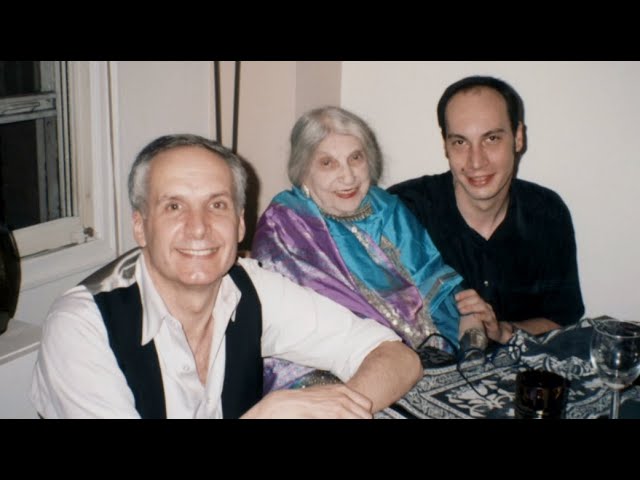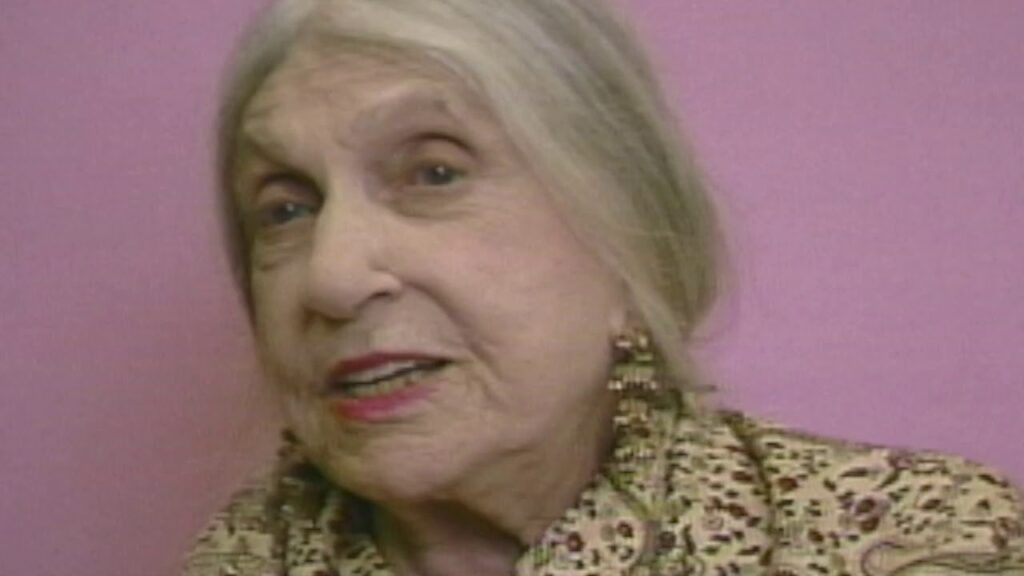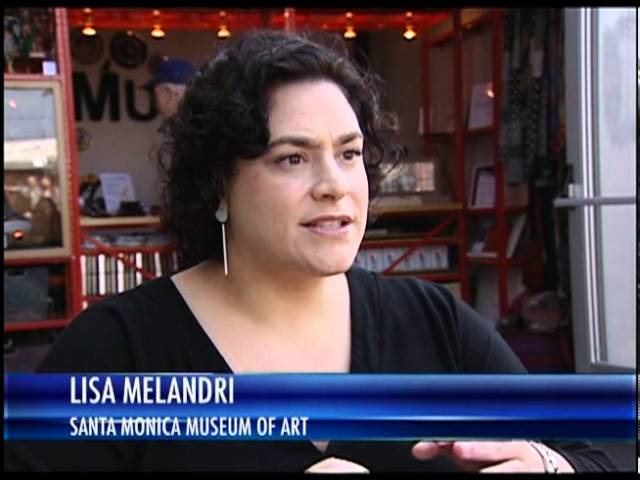Mid-Shore Arts: Bennett Bean on Being Careful
While his first major piece of art sold to Whitney Museum in 1967, it could be said that Bennett Bean's art career actually started in 1981.
That was the year Bennett permanently ended teaching at Wagner College in New York and left the city for the New Jersey countryside and focus exclusively on his artwork.
That was a good bet on his part. Since that moment in time, he now has his artwork in the permanent collection of such esteemed museums as the Philadelphia Museum of Art, the Museum of Fine Art in Boston, and the Los Angeles County Museum of Art in Southern California.
But as Bennett explains in his interview with the Spy at the Academy Art Museum from last week, it was due to this newly found freedom, which he calls a "romantic involvement," that has produced the extraordinary pottery and colors now on display in a major exhibition or his work entitled Be Careful What You Fall in Love With this fall at the AAM.
Open House – Bennett Bean, “Be Careful What You Fall In Love With”
Ceramicist, designer, painter – Bennett Bean is a quintessential polymath. Best known for his treatment of ceramic vessels post-firing, he works in a range of mediums including stone, precious metals, wool and silk weaving, and painting.
On April 4, 2017 Rago Arts and Auction Center hosted an open house with the ever charming and laugh-out-loud funny Bennett Bean titled, “Be Careful What You Fall in Love With.” Bean presented a brief history of his work and the variety of mediums and formats he has explored over the course of his career, peppered with intimate and humorous looks at a life well lived.
My Business Story: Bennett Bean Studio
My Business Story for Bennett Bean Studio created on – a site built for small businesses to tell their stories and encourage everyone to Shop Small. Proudly sponsored by Google and American Express.
Bennett Bean
Artist Bennett Bean on life, luck, pots, rugs, and Buddhism. In 1970, he left the New York art world for rural Johnsonburg, New Jersey. He'd had solo exhibits, sold a sculpture to the Whitney Museum, yet found himself being drawn in another direction. We visited his studio and got a look at how he creates his signature ceramic vessels.
Beatrice Wood: An Interview with Garth Clark and Mark Del Vecchio
An interview with Garth Clark and Mark Del Vecchio, both respected art historians, curators and gallerists, regarding the life and work of Beatrice Wood. Presented by the Beatrice Wood Center for the Arts in Ojai, California
Beatrice Wood Remembers: Dada, Duchamp. Love & Tango
A Conversation with Beatrice Wood
Directed and written by Steven Watson
Director of photography Peter d’Agostino
Edited by Giuliano Ciabatta
Thanks to
The Beatrice Wood Center for the Arts
Morex Arai
Garth Clark
Paul Franklin
Anthony Johns
Kevin Wallace
Dana Martin
Sarwar Mushtaq
Paul Kasmin
Robert Watson
Hailey Wojcik
Special thanks to Francis M. Naumann
Selected sources for images:
Francis Naumann M. collection
Paul Kasmin collection
Philadelphia Museum of Art
Schlesinger Library, Radlcliffe College
Harry Ransom Center, University of Texas
Beatrice Wood Center for the Arts
“I Shock Myself” by Beatrice Wood
“Strange Bedfellows: The First American Avant-Garde”
by Steven Watson
“Beatrice Wood: Career Woman”
Music:
Chopin – Mazurka in G Major, KKIIa No. 2
Chopin – Mazurka in A Minor Op. 17: IV
Interview conducted October, 1987
Philadelphia, Pennsylvania
2019 ©Steven Robert Watson
www.steven-watson.com
Santa Monica Update 363 – Beatrice Wood – Santa Monica CityTV
Yana Kay visits the Santa Monica Museum of Art where renowned artist, Beatrice Wood's ceramics are currently being exhibited.
Santa Monica's only TV news program is aired daily on CityTV. With news, events, sports coverage, calendar and interviews, Santa Monica Update is your best local TV resource for what's happening in Santa Monica!

